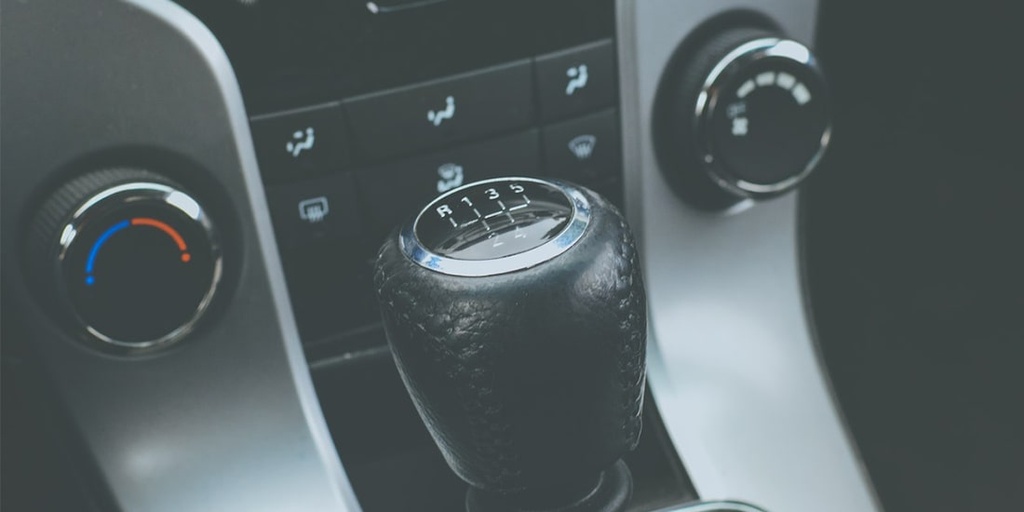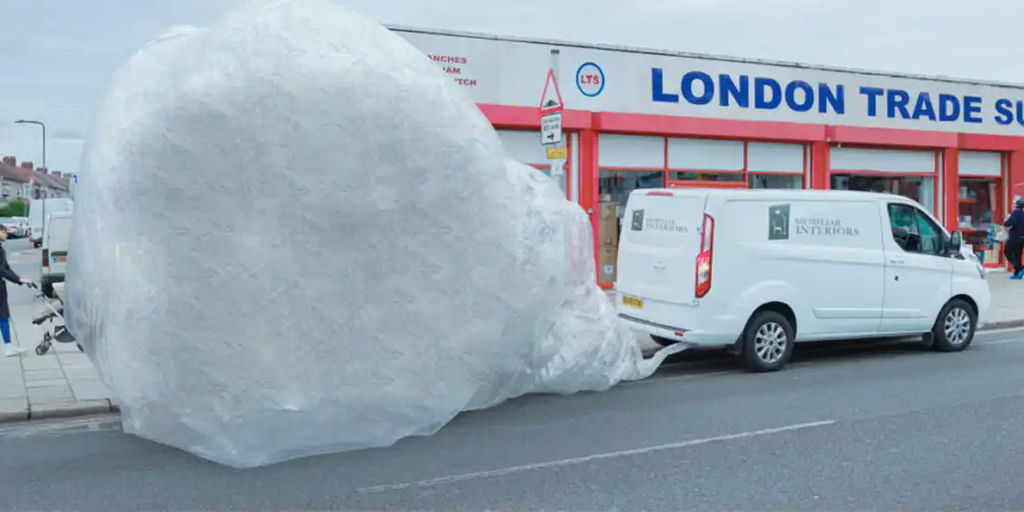Drive more efficiently
- Earth Points
- 10
- Ease
- Easy
Description
Road vehicles such as cars, motorcycles, buses, and taxis are responsible for a large portion of global emissions.
No matter if your current car is relatively fuel-efficient or not, there are ways to save money and reduce pollution with the way you drive.
Every bit of oil saved directly reduces the impact on the climate, and driving better could improve fuel efficiency by up to 40 percent.
Tips
• Drive smoothly — Avoid sudden acceleration or braking. Try to anticipate as far in advance as you can. Roll into stops instead of going full speed and stopping suddenly. On highways, use cruise control.
• Remove excess weight — Avoid keeping unneeded objects in your vehicle. Especially heavy ones. It takes extra energy to lug around.
• Switch off — Many modern vehicles shut down automatically when stationary. If yours does not, shut off your engine if you plan to remain still for a prolonged time. It avoids the nasty fumes from your engine building up around you.
• Avoid traffic — Being stuck in traffic unnecessarily wastes fuel. If possible, avoid traffic jams. It helps with your sanity as well.
• Avoid excessive speeds — The amount of fuel consumed significantly increases at high speeds.
• Tire pressure — Check your tires at least once a month and before long trips because under-inflated tires use more fuel and can be unsafe.
• Choose a fuel-efficient route — Use route planning apps to drive on the most efficient roads. Google Maps offers a feature that shows you the fuel-efficient route.
• Windows versus air conditioning — It generally depends on how fast you are going. Air conditioning is best on highways and at high speeds because of the drag created with the windows down. On the other hand, windows down are more efficient at lower speeds. Lastly, it is understandable that open windows are not always comfortable on extremely hot days.
• Drive in two-wheel drive mode — If you have a vehicle with selectable four-wheel drive, use your car in two-wheel mode when road conditions make it safe to do so.


